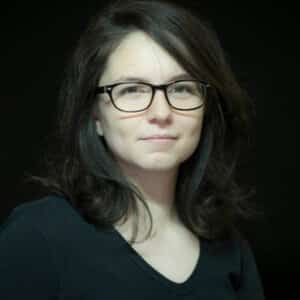Kairos © Albarran Cabrera
A branch laden with pink flowers stands out against a clear blue sky where, as a poetic, and almost surreal apparition, hovers a sliver of the moon. Straining against the last throes of winter, the bare tips of branches sh...



